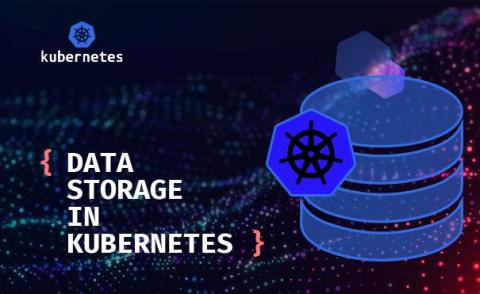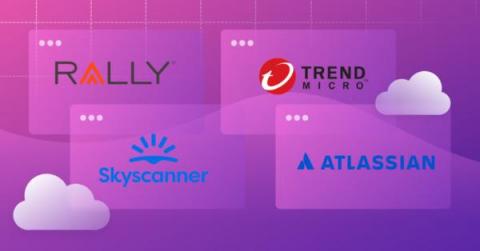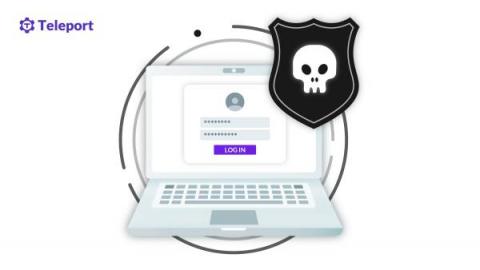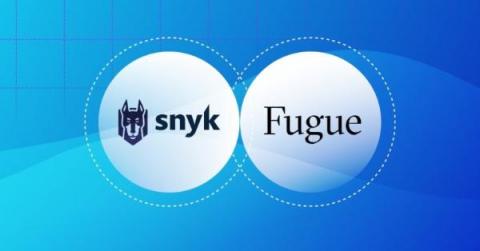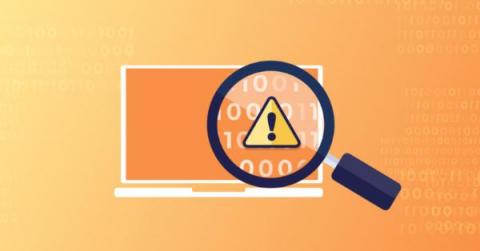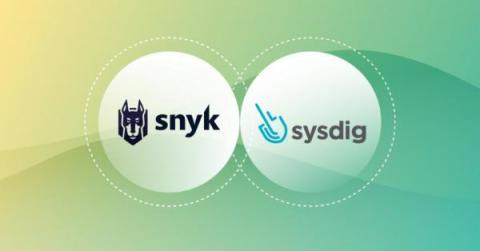Security | Threat Detection | Cyberattacks | DevSecOps | Compliance
DevOps
A developer-centric approach to software
Over the last few years, the “idea that every company is a technology company a fundamental shift in our industry” (Suzie Prince, Head of Product, DevOps, Atlassian). The sheer dominance of development as a craft has led to a bigger audience and a much louder voice that centers on the developer perspective.
Most Common Authentication Vulnerabilities
The majority of threats related to the authentication process are associated with passwords and password-based authentication methods. But broken authentication also causes a significant amount of vulnerabilities. Broken authentication occurs when the implementation of the authentication process is flawed. Unfortunately, this is usually hard to discover, and can be more severe than the risks associated with passwords.
Welcoming Fugue as we build the future of developer-first cloud security
Today, I am excited to announce Snyk’s acquisition of Fugue and welcome their team to the Snyk family. The addition of Fugue to Snyk’s platform will allow us to continue our mission to help developers find and fix security issues in the applications they create, by providing visibility into the security of applications and the cloud services they use. But it’s about more than just visibility of the cloud posture.
CVE-2022-24086 Vulnerability alert for websites using Magento Ecommerce
Magento has been a much used and loved e-commerce platform since its initial release in 2008. One of the things I’ve always loved about Magento is its ability to grow as ecommerce businesses grow. Starting as a self-hosted version (which I’ve used extensively as a developer over the years), Magento now has clear support and management options available via Adobe or third party ecosystem partners.
CloudCasa Adds to Cyber Resilience with Kubernetes Security Posture Reviews
CloudCasa was built to provide data protection services for Kubernetes and cloud native workloads. As a SaaS backup solution for Kubernetes, CloudCasa was designed from the ground up to be a secure, well-architected, SaaS platform that improves a customer’s security posture against sophisticated cyber-attacks.
Best Practices and Pitfalls for Using Open Source Components in Fintech
Dynamic SBOM is the Future of Software Security
In previous posts, we’ve discussed how the Software Bill of Materials (SBOM) concept will make a difference in cybersecurity, and why context is needed to generate the most value from these formal records of the details and supply chain relationships of software components. As helpful as SBOMs are in tracking the history of software products and their components, most of these documents remain static. That’s not ideal for a scenario in which there is near constant change.
What the sysadmin misses, Desktop Central catches!
Most people are fairly good at reading, but not enough are good at reading between the lines. More often than not, there are certain things hidden in plain sight that may not catch your attention. The eyes of a system administrator are often glued to tasks like system maintenance and user administration. When engaged in many tasks at once, it is only human to overlook a few things like patch and antivirus updates, but it can cost an organization dearly in terms of data security.
Teaming up with Sysdig to deliver developer and runtime Kubernetes security
Today, we’re excited to announce a partnership with Sysdig to provide container and Kubernetes security together — from code to cluster. Together, Snyk and Sysdig can help developers secure code and containers in development, protect the runtime Kubernetes environment, and deliver feedback and visibility from production back to developers, eliminating the noise of container vulnerabilities.


